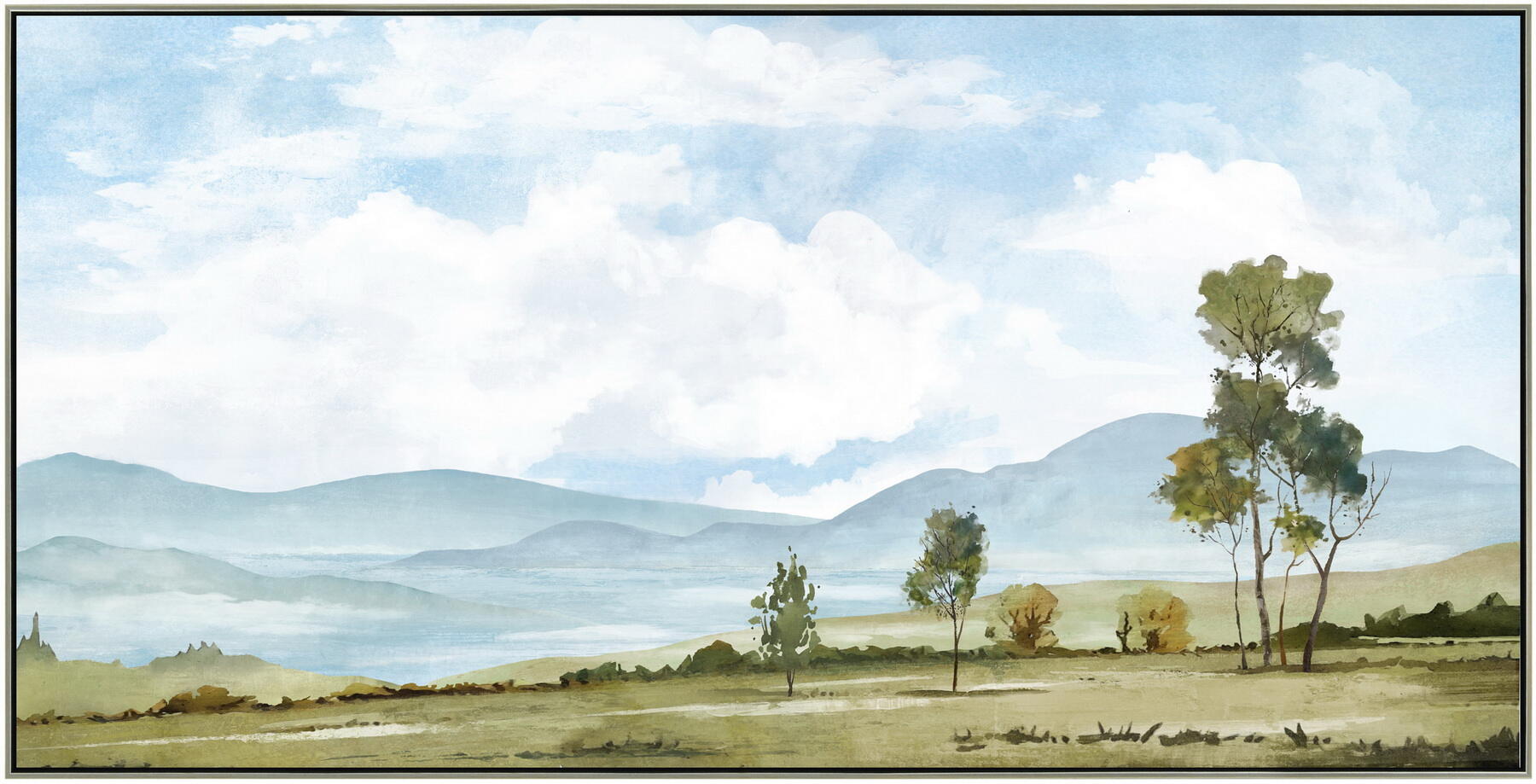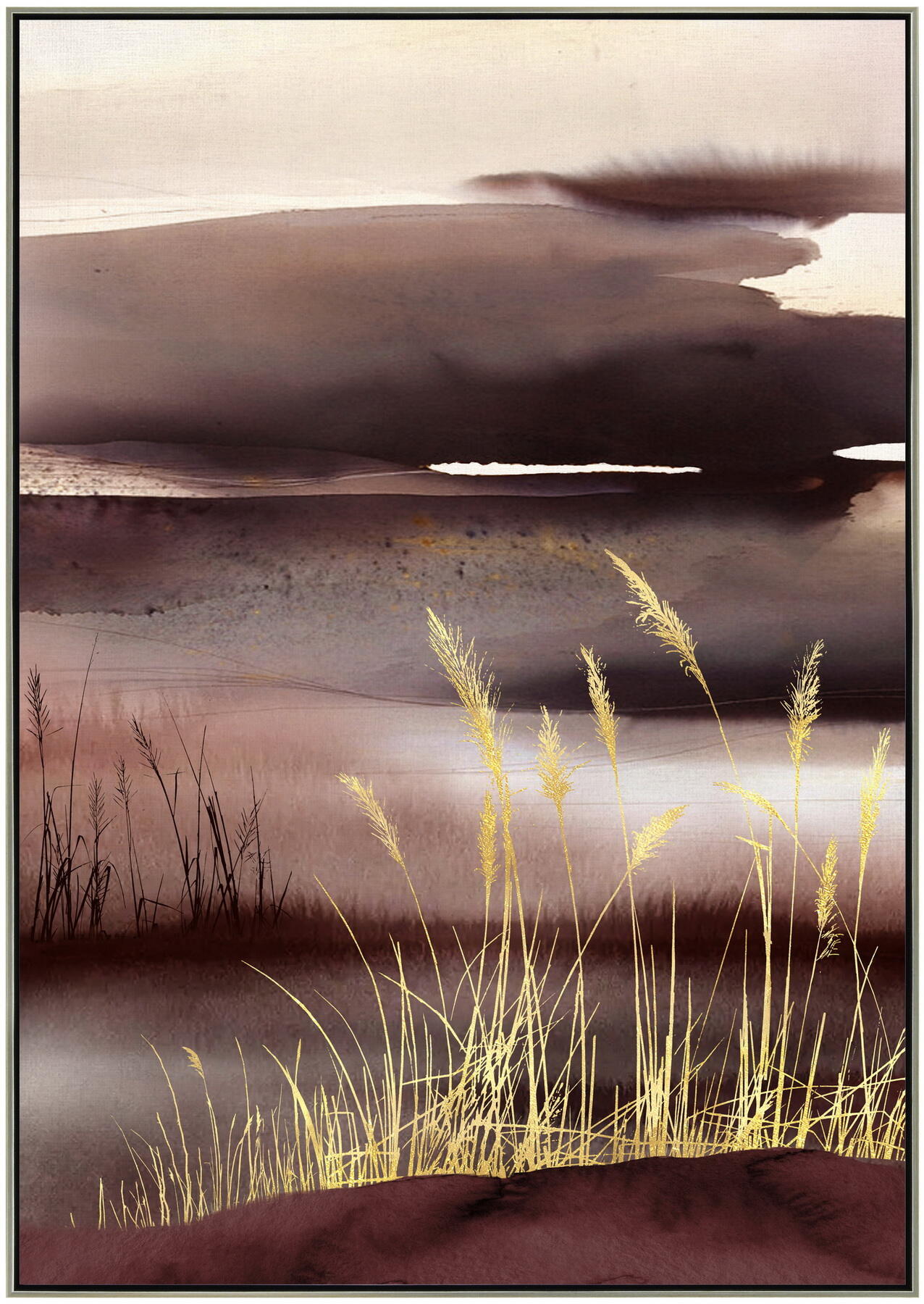landscape painting art
Landscape painting art is a timeless form of artistic expression that captures the natural world's beauty and grandeur on canvas. This traditional art form has evolved significantly over centuries, combining classical techniques with modern interpretations. Artists use various mediums including oils, watercolors, and acrylics to depict natural scenes, from majestic mountains and serene lakes to rolling countryside and dramatic coastlines. The technical aspects of landscape painting involve mastering perspective, light and shadow manipulation, color theory, and composition principles. Artists must understand atmospheric perspective to create depth, utilize color harmonies to convey mood and temperature, and implement various brushwork techniques to texture different natural elements. Modern landscape painting has expanded to include urban landscapes, industrial scenes, and abstract interpretations of natural environments. Digital tools have also been integrated into the creative process, allowing artists to sketch preliminary compositions and experiment with color schemes before applying paint to canvas. This art form serves multiple functions, from decorative purposes in homes and offices to historical documentation of changing environments and cultural expression of humanity's relationship with nature.

